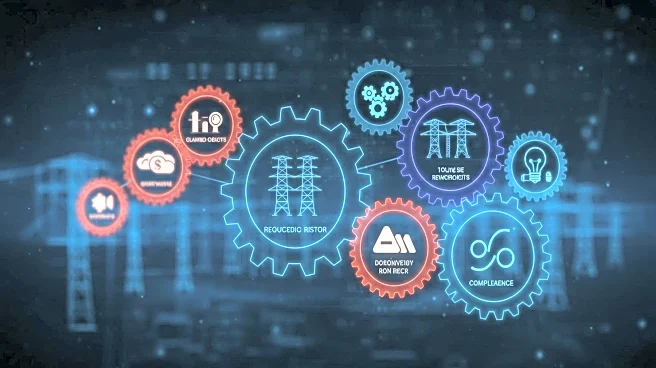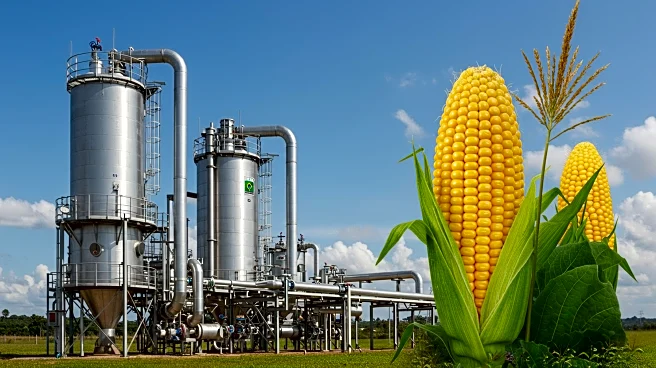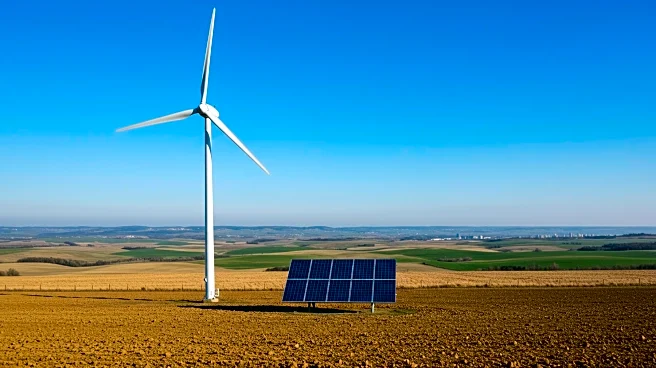What's Happening?
The North American Electric Reliability Corp. (NERC) has identified six major themes contributing to electric grid reliability risks in 2025. These include new large loads, widespread reliability events, interdependence of gas and power sectors, cyber and physical security complexities, supply chain challenges, and volatile energy policies. NERC's 'Reliability Risk Priorities' report emphasizes the need for rethinking traditional system planning and operating approaches due to simultaneous changes in resource, grid, and load dimensions. The report aims to provide strategic direction for the industry to mitigate imminent risks.
Why It's Important?
The identification of these themes is crucial for the energy sector as it navigates increasing demand and evolving resource mixes. Addressing these risks is vital for ensuring the stability and resilience of the U.S. electric grid, which is essential for economic growth and national security. The report's recommendations could lead to significant changes in grid management, including enhanced reliability constructs and improved resource diversity. This could benefit industries reliant on stable power supply, such as data centers, and support the transition to renewable energy sources.
What's Next?
NERC's report suggests several next steps for the industry, including updating planning and operating models, improving resource diversity, and enhancing event response mitigation and recovery plans. Grid operators are encouraged to incorporate persistent supply chain challenges into their strategies and assess potential impacts through transmission enhancements. These actions are aimed at bolstering the grid's resilience to extreme events and ensuring reliable power delivery amidst growing demand and complexity.












